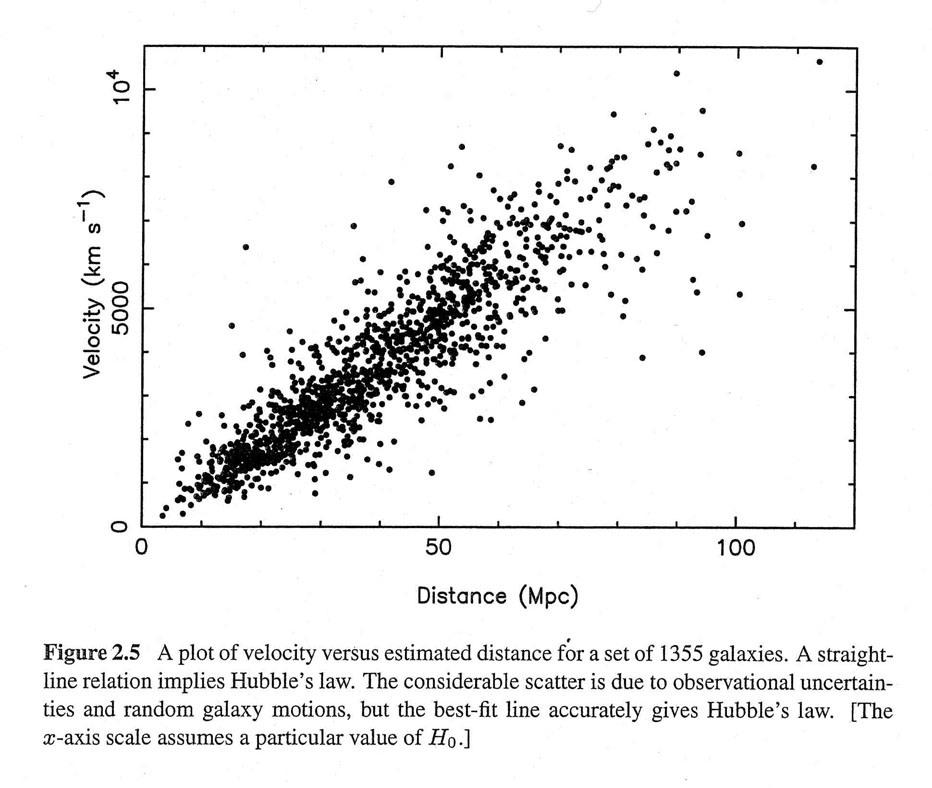Galaxies are thought to be formed when gas clouds of higher than average density in the universe collapse under the force of their own gravity. As the gas is compressed stars are born in it. After the end of the collapse, the clouds settles into a quasi-stationary state. Evolving stars return chemically enriched gas to interstellar space, where it is mixed with remaining unprocessed gas and star formation continues at a slower pace. There are two competing pictures of how galaxy formation proceeds: monolithic and hierarchical
Monolithic Collapse Model
In the monolithic collapse model, it is assumed that large galaxies form coherently in the collapse of a massive cloud containing the bulk of the material constituting the galaxy.
According to this model, material in the Milky Way had a spherical distribution and the first generation of stars were born in globular clusters. These globular clusters were left behind in the halo of the Milky Way as matter collapsed into a thin disc. With no new material left in the halo, the only new star formation begins in the disc of the Milky Way. These new stars have higher Metallicity, being made from the remnants of earlier mass stars. Now we discuss this model in the context of few important recent observations
- The Sun has metal absorption lines. This is consistent with the monolithic model.
- Not all globular clusters have the same age. This fact contradicts monolithic collapse model, as it is expected that all globular cluster stars would only have formed before the collapse of material in the current disc of the Milky way.
- The presence of dark matter in the halo. This result does not explicitly contradict the monolithic collapse model. The rapid collapse of the stellar halo, followed by a more gradual build up of the disc fits with the picture.
The monolithic collapse model is proposed by Eggen, Bell-Lynden and Sandage in the year 1962, also known as ELS model. According to this model, a galaxy forms from a single gas cloud that collapse, fragment and form stars.





